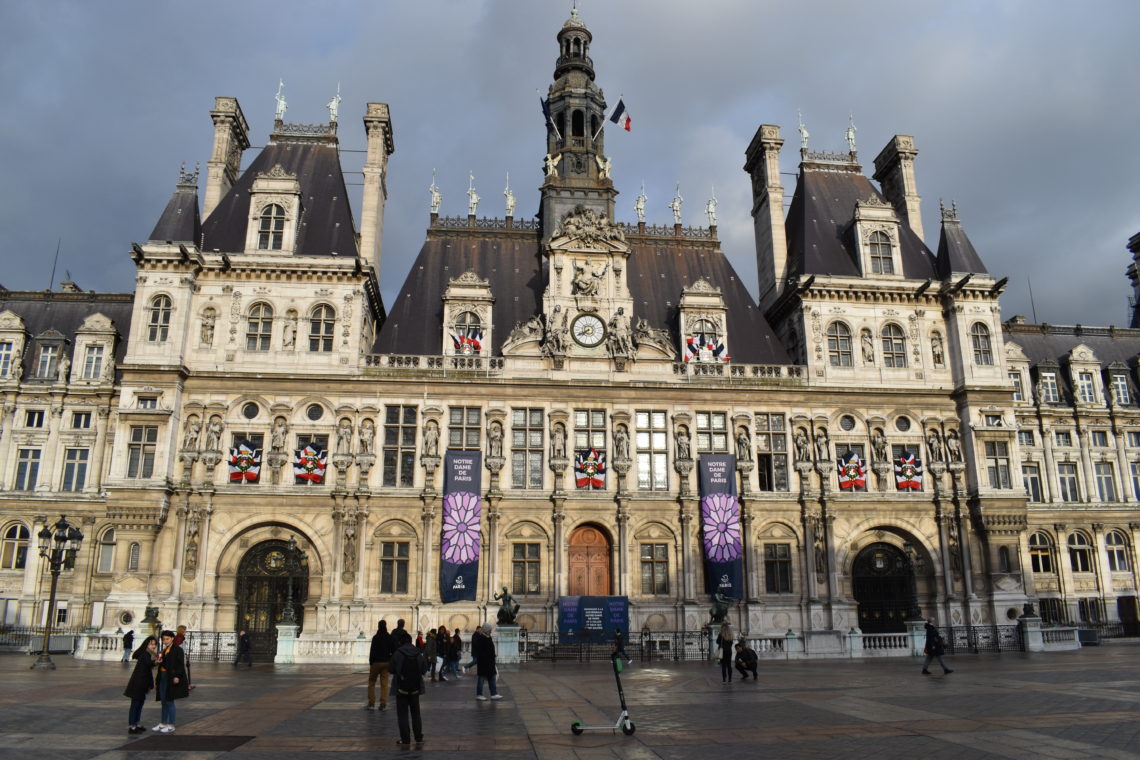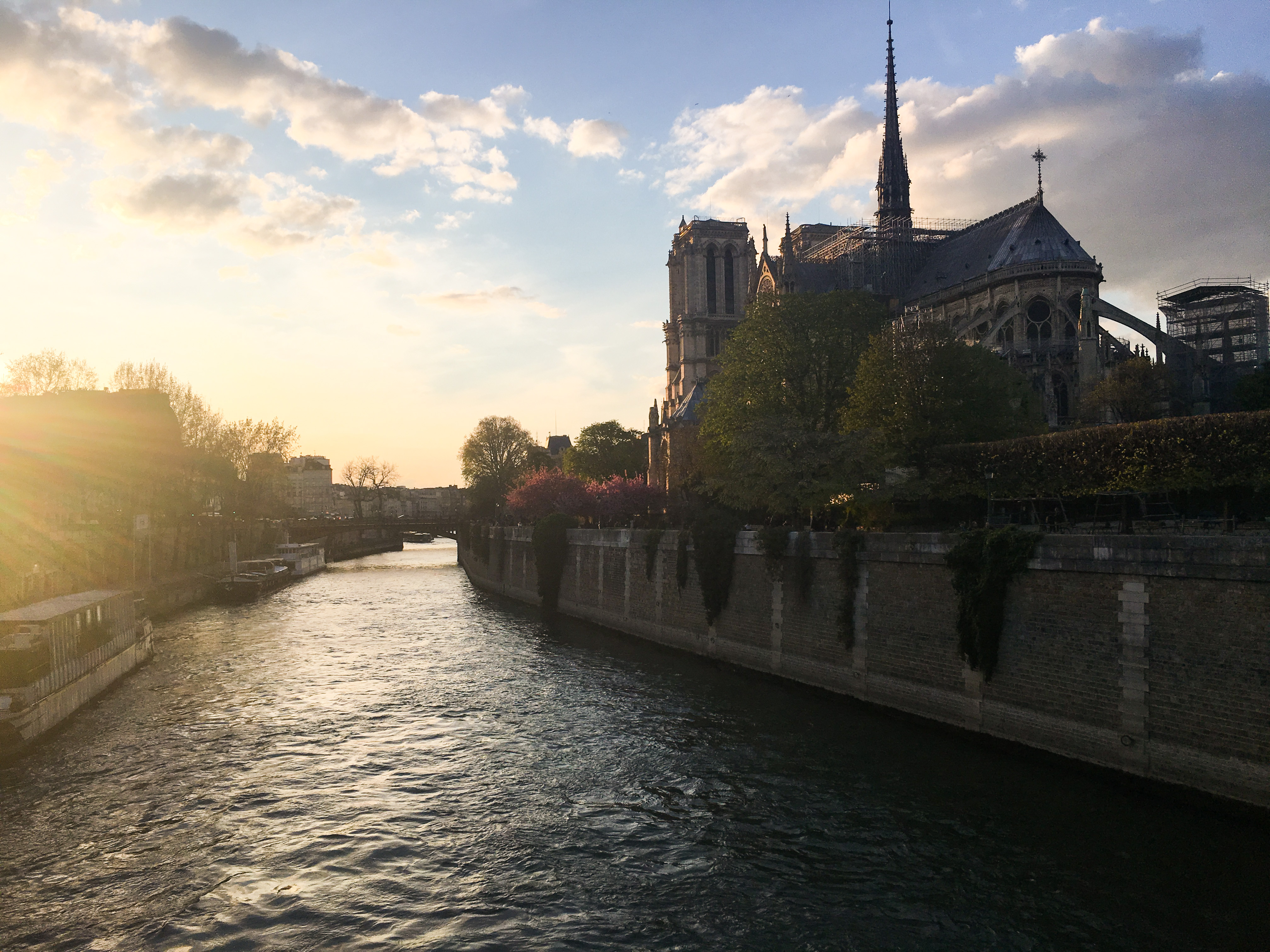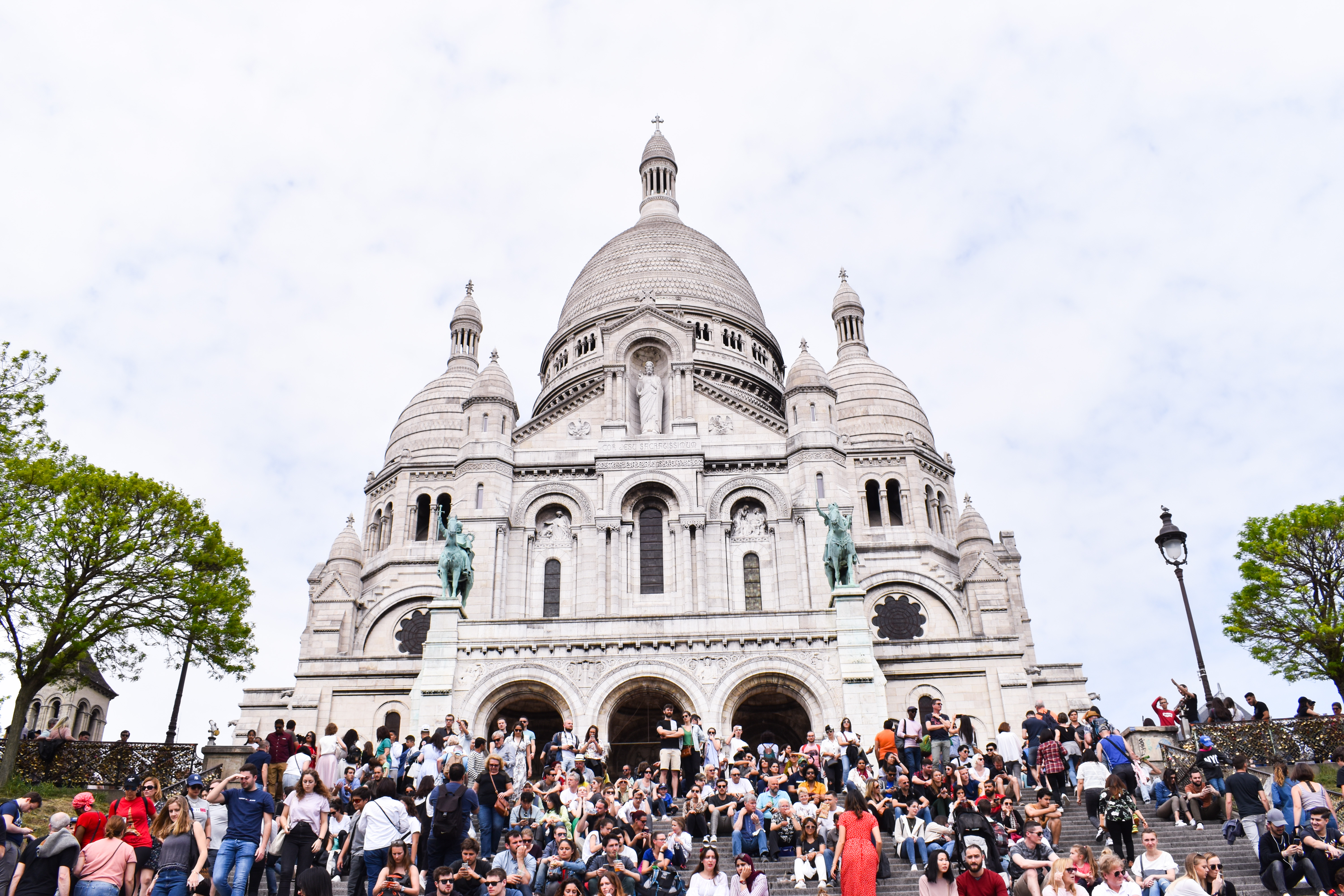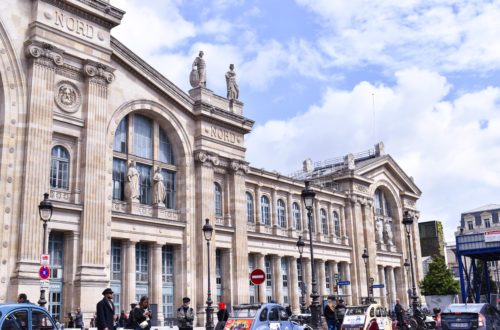
All the French You Need to Know in Paris
I learned French for three years before cracking the B2 exam and getting my diploma. But while I’m eligible to teach French in institutions in my country – India – a classroom environment didn’t prepare me for the French I needed to know on a day to day basis in Paris. The only way to actually know it is to live in France and be among the French. I’ve already mentioned how to be a local in my first post. In this post, I will be focusing more on the language that you need to get by. It requires a bit of general understanding of French from your part, and I will take care of the explanations of the nuances.
Public Transport
- A billet is a ticket only for means of transport, be it a train, bus, tram, metro, and so on. It shouldn’t be confused with a ticket de caisse, which is a receipt for your purchase. That works for any monetary transaction, except in restaurants.
- For transport passes (like the Navigo), there are daily, weekly, and monthly options. Although the word for week is semaine, you won’t be able to use it to ask for a weekly recharge. The correct word is hebdomadaire. For a weekly pass, you ask for a forfait hebdomadaire. For a monthly pass, a forfait mensuel. Here, the word forfait stands for “subscription.”
- To purchase a round trip, ask for (or choose, at the machines) the aller retour option. A one way is aller simple.
- An arrêt is a stop, while a terminus is a terminus. The latter reads the same but sounds different in French, be careful of that!
- One of the new words I learned on trains was desservir. It literally means “to serve.” In its conjugated form, it’s used by announcers to talk about which stations the transport will stop at. For example, ce train desservira la gare… or, ne desservira pas la gare…
- A direct bus or train will be sans arrêt (without stops) or direct. At certain times of the day, Parisian busses only cover their route partially, and will display service partiel on their destination panel.
Restaurants
- Don’t tip at restaurants! It’s not the norm. All the charges are covered with the amount you pay for your meal.
- In some European countries, you may be charged for ordering water, but not in France. For normal water for the table you ask for a carafe d’eau (a jug of water). It’s tap water, safe to drink in France, and you’re not looked down upon for not ordering a drink with your food.
- Gendered words are still my Achilles’ Heel when it comes to French. It’s un carafe d’eau but une bouteille (a bottle). The French take gender in grammar seriously. My friend had been corrected many times by servers each time she ordered a lemonade. It’s feminine – une limonade.
- Translating directly from English is something we’re all guilty of doing. When you tell your waiter “I will take the…”, in French, it’ll be je vais prendre le… which isn’t incorrect, but it’s not grammatically sound. There’s no “will” auxiliary in French, so the trick is to conjugate everything in the present. Just say je prends le… followed by your dish, and you’re good to go.
- A bill or a check at restaurants is une addition, and not a receipt as I mentioned earlier. “Check please” is simply l’addition s’il vous plaît!
Shops
- When a store clerk comes up to you to ask if they can help, “I’m only looking” can be translated to je regarde. A great little phrase which I picked up in Paris is ça va aller, which, here, means “I’m good.”
- Your payment options in stores are plenty, as are everywhere else in the world. Paying “by card” is par carte bancaire. Sometimes, you can also be asked a variation of this – if you will be paying par carte bleue. The “blue card” is simply your French debit card, which is usually blue in colour for the locals. Payment “by cash” is en especes. Getting “change” is monnaie.
- A carte de fidélité is a loyalty card. If you’re into affordable and good quality French skincare, I’d suggest getting a carte de fidélité at Yves Rocher. It’s free and they offer members discounts, samples, and plenty of gifts, you’ll run out of space to keep all the goodies.
- A self-checkout at grocery stores is often termed as a caisse rapide. They’re my favourite as they require no human interaction. However, going to a regular cash counter will save you more time if you need to sign the receipt and don’t have a pin for your card.
- There’s a difference between discounts and offers. The first one will be réduction, while the second is promotions.
Greetings
- We all know that “good morning” or “good day” is bonjour and “good evening” is bonsoir. But during summer days in Paris when the sun sets at 11pm, it can get confusing as to when to use which. I wish I were exaggerating. The general rule is that after 5pm or 6pm in the evening, it’s safe to start using bonsoir.
- The same goes with when you’re wishing someone to have a nice day. Bonne journée works until evening sets, and after it, you should switch to bonne soirée. These greetings work with people of all ages and in formal settings as well.
- For informal settings, using salut! instead of bonjour! works well. When you tell a colleague or a friend “see you soon”, you can say à bientôt! or à tout à l’heure! Personally, my favourite seeing off greeting is courage!, which just cannot be translated. For some reason, saying “courage” to someone else in English just doesn’t have the same effect.
- While it’s a given that you will do la bise with everyone, be it a new person, a friend, a colleague, or while seeing someone off – it’s a myth that it’s mandatory, at least in Paris. You’re not expected to lock cheeks with the French especially if you’re from out of town. In case you need to do it, it’s always the left cheek first, then the right. Be sure to touch your cheek to the person you’re greeting, and make a little smack sound with your lips. From an assistant who was working in Marseille, I heard that in the south, it’s left, right, then left again. Don’t quote me on that, though.
You’re ready to take on Paris, now that you’re a little more informed! Feel free to leave in the comment section other tips and tricks of day to day French that you’ve picked up while you were there. In case you’re more interested in seeing how Paris really is like, you can see my Seine photo walk here.





2 Comments
Vikash Singh
Wonderfully written
Ananya Sen
Thank you so much!